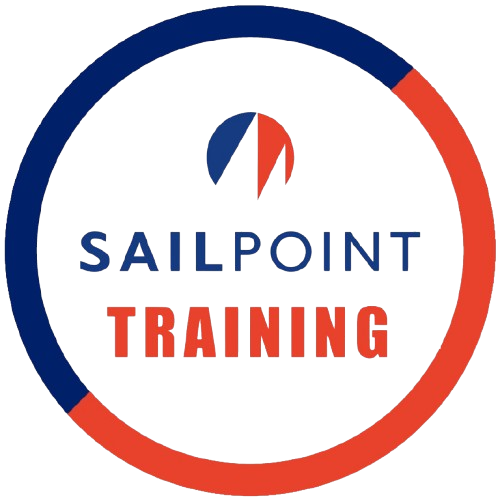Introduction
Imagine throwing a massive party where each guest must have the right invitation to attend. Some guests are VIPs, while others might simply be friends of friends. This is akin to Role Management in SailPoint, where having the *right roles* ensures appropriate access to resources in your organization. For businesses navigating digital landscapes filled with sensitive data, mastering role management can be a game-changing strategy. Diving into this topic will clarify how SailPoint empowers organizations to achieve streamlined identity governance.
Understanding the Basics of Role Management
Role management is not just a technical task; it’s foundational for safeguarding your organization’s assets. In SailPoint, roles are collections of entitlements that define what a user can access. Here’s how you can think about it:
- Defining Roles: Roles group similar access needs into manageable segments. For instance, a “Finance Manager” role could encompass access to financial reporting tools but restrict administrative controls.
- Automating Role Management: SailPoint allows automation of role assignments using business rules. Organizations can reduce manual errors and streamline processes—saving time and increasing security.
A recent survey revealed that organizations leveraging automated role management saw a 30% reduction in compliance-related incidents. This isn’t just about efficiency; it’s a critical component in maintaining your organization’s integrity.
The Importance of Role Mining
Role mining is like sifting through a treasure chest to uncover jewels that best fit your organization’s needs. With SailPoint, role mining analyzes user access and entitlements, providing insights to define better roles within your organization. It uncovers anomalies—like whether an entry-level employee has access to sensitive financial documents—that might lead to security risks.
- Data Analysis: Utilize SailPoint’s built-in analytics to continually assess role effectiveness.
- Feedback Loop: Keep your role definitions dynamic by soliciting feedback from users and department heads.
Let’s illustrate this with an example: a global manufacturing company recently used role mining in SailPoint to identify over-privileged accounts. By implementing new role definitions, they reduced access rights by 40%, enhancing security while ensuring operational efficiency. This proactive step mitigated the risk of data breaches.
Implementing Role-Based Access Control (RBAC)
Role-Based Access Control (RBAC) is where the rubber meets the road. By deploying SailPoint’s RBAC capabilities, organizations can precisely govern who has access to specific applications and data. Think of RBAC as a bouncer at our earlier party, preventing uninvited guests from crashing the event.
Steps to Implement RBAC with SailPoint:
- Identify Critical Applications: Determine which applications hold significant organizational data.
- Create Role Definitions: Collaborate with departments to outline access requirements and define roles that fit specific needs.
- Assign Roles: Use SailPoint’s automated workflows to assign roles based on established criteria, ensuring accountability.
The result? A streamlined access control system that enhances both security and user satisfaction. Organizations have reported a 50% improvement in time spent managing access requests post-RBAC implementation.
Continuous Monitoring and Compliance
Implementing role management is an ongoing commitment. SailPoint’s continuous monitoring capabilities allow organizations to quickly adapt to changes in roles or access needs. This adaptability is critical in meeting compliance standards.
- Audit Trails: Maintain comprehensive logs of user access patterns to demonstrate compliance during audits.
- Regular Reviews: Establish a routine for revisiting roles to ensure they remain relevant and effective.
A leading healthcare firm recently underwent a compliance audit by leveraging SailPoint’s monitoring systems, enabling them to present real-time role usage reports. They passed the audit with flying colors, showcasing not only their compliance but also their robust role management strategy.
Conclusion
Mastering Role Management in SailPoint is not just beneficial; it is essential for today’s businesses aiming to secure their digital assets effectively. Whether through role mining, implementing RBAC, or continuous monitoring, understanding and optimizing roles can greatly enhance security, streamline processes, and meet compliance requirements. Remember, in the world of digital governance, having the right guests at your party can make all the difference.
